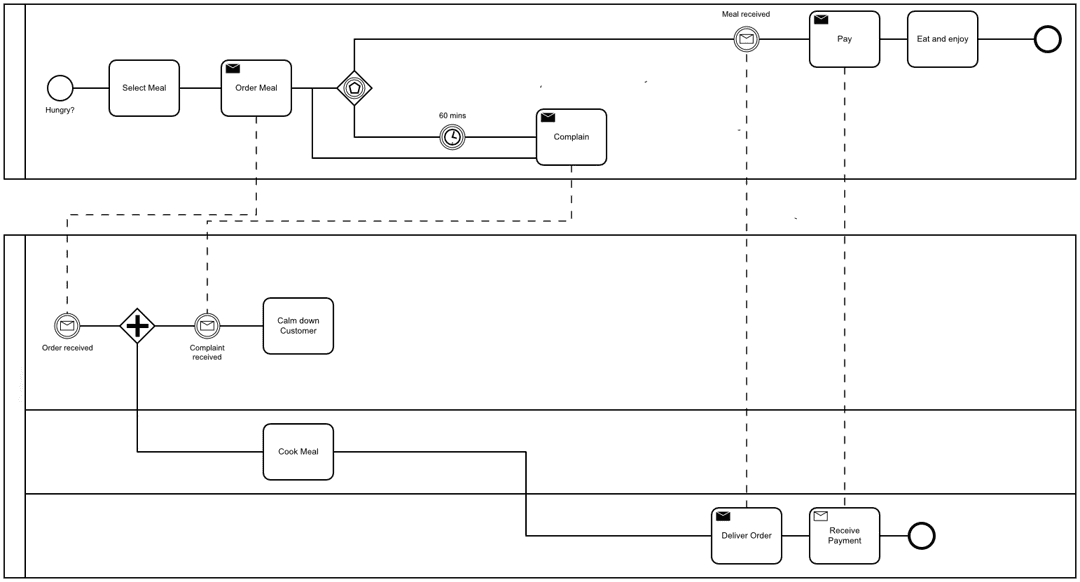Dear Readers,
welcome back to another edition of The GRC Lab. This time we want to have a closer look at what GRC is all about and what it has to offer in terms of career and job opportunities.
GRC stands for Governance, Risk and Compliance, but there is a lot more to this field. According to the Open Compliance and Ethics Group (OCEG):
"GRC is the "ntegrated collection of capabilities that enable an organization to reliably achieve objectives, address uncertainty, and act with integrity."
This definition widens the scope of GRC far beyond its three constitutive elements. In reality GRC integrates an array of different domains or capabilities that, when aligned successfully, help organisations to achieve their objectives, while dealing with risks and and maintaining compliance with internal and external obligations.
To help us dissect this comprehensive and multi-dimensional field, let's explore four crucial domains of GRC.
1. Governance and Strategy
Governance is the glue holding an organization together, guiding its strategy, decision-making, and overall corporate behavior. It involves establishing a structure and strategic alignment that delivers on an organization's mission and vision while promoting ethical, fair, and transparent operations.
Typical roles in this domain include:
Member of the Board
Chief Executive Officer
Chief Financial Officer
These professionals ensure that the organization's strategic direction aligns with its overall goals while adhering to ethical and regulatory standards.
2. Risk Management
Risk management involves identifying, assessing, and managing potential threats that could hinder an organization's operations or objectives. Risk managers strive to create a balance between risk mitigation and opportunity exploitation to maximize value.
Roles in this domain include:
Risk Manager
Chief Risk Officer (CRO)
Risk Analyst
These professionals conduct risk assessments, develop risk management strategies, and ensure the organization is prepared to handle unexpected situations.
3. Security and Continuity
The Security and Continuity domain focuses on protecting the organization's assets, including its information, infrastructure, and people. This field also encompasses business continuity planning to ensure the organization can maintain essential functions during and after a disaster or interruption.
Roles in this domain include:
Chief Information Security Officer (CISO)
Business Continuity Manager
Information Security Manager
These professionals protect the organization's assets, mitigate security risks, and create plans to ensure business continuity in the event of an interruption.
4. Audit and Assurance
The Audit and Assurance domain provides an independent and objective view of the organization's compliance with regulations, policies, and procedures. It plays a critical role in identifying operational inefficiencies, potential risks, and control effectiveness.
Typical roles in this field include:
Internal Auditor
External Auditor
Audit Manager.
These individuals ensure the organization complies with laws and regulations, conduct audits to identify inefficiencies, and make recommendations for improvements.
GRC, thus, is a comprehensive discipline aiming to ensure that organizations operate ethically, efficiently, and within regulatory bounds. It fosters a culture of risk-aware decision-making, enhanced strategy execution, and improved operational performance. It’s a promising field, offering diverse roles, each unique yet interconnected, promoting an environment where businesses not only survive but thrive!
Until next time!
Best, Aron




